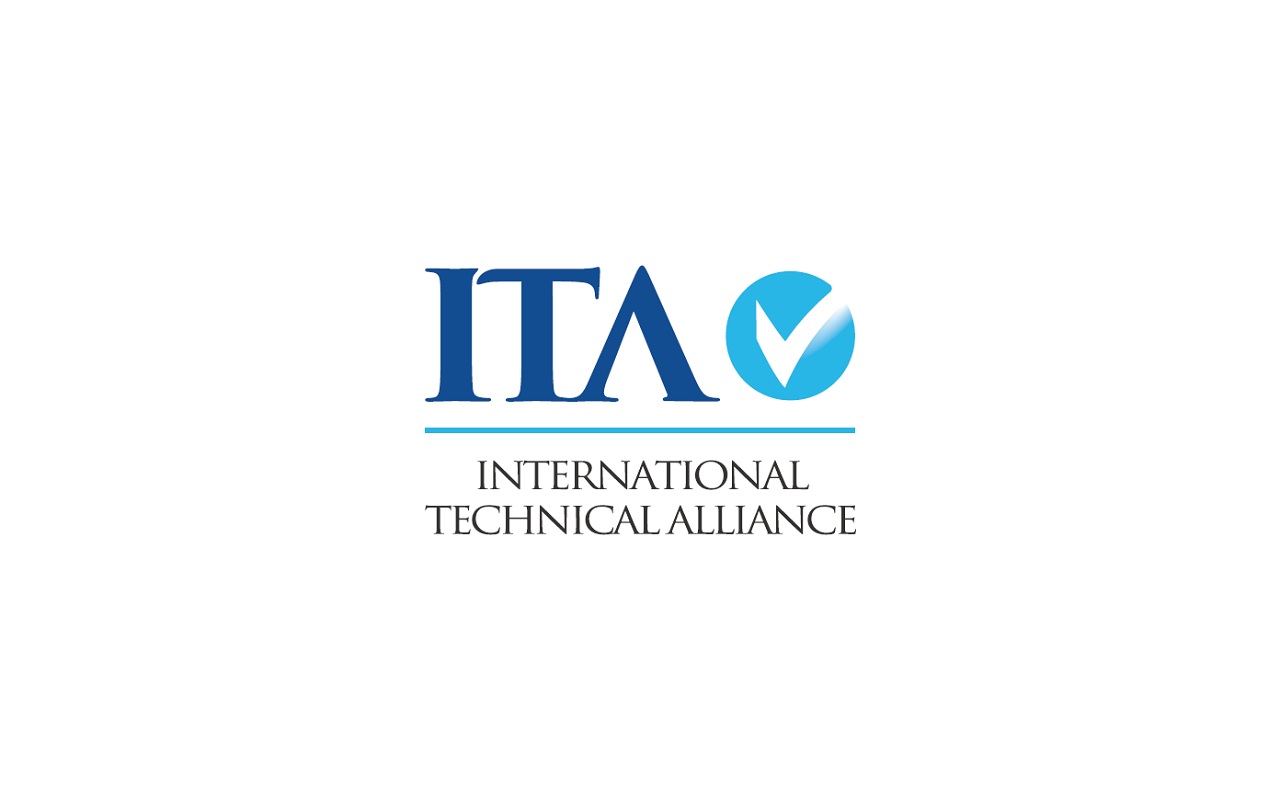As of 25.09.2023, in accordance with the Resolution of The Sectoral Accreditation, Certification and Inspection Committee of ACCREDIA, I.T.A. S.r.l. has been granted with an upgrade of its ISO/IEC 27001:2013 to ISO/IEC 27001:2022 accreditation. With this decision I.T.A. S.r.l. is now approved to conduct certification services also against the new version of the international Information Security Management System certification standard, namely ISO/IEC 27001:2022.
With our ITA ISO/IEC 27001:2022 Transition plan already in place, we are ready to meet the needs and requirements of our clients concerning both the existing and new certifications against the Information Security Management System standard.

